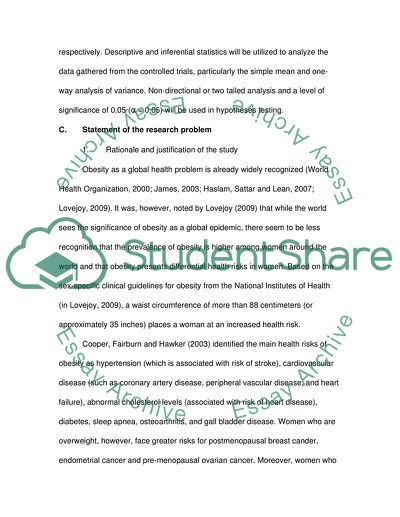Cite this document
(“Efficacy of Three Modes of Weight Loss Intervention Essay”, n.d.)
Retrieved from https://studentshare.org/health-sciences-medicine/1563101-efficacy-of-three-modes-of-weight-loss-intervention
Retrieved from https://studentshare.org/health-sciences-medicine/1563101-efficacy-of-three-modes-of-weight-loss-intervention
(Efficacy of Three Modes of Weight Loss Intervention Essay)
https://studentshare.org/health-sciences-medicine/1563101-efficacy-of-three-modes-of-weight-loss-intervention.
https://studentshare.org/health-sciences-medicine/1563101-efficacy-of-three-modes-of-weight-loss-intervention.
“Efficacy of Three Modes of Weight Loss Intervention Essay”, n.d. https://studentshare.org/health-sciences-medicine/1563101-efficacy-of-three-modes-of-weight-loss-intervention.


